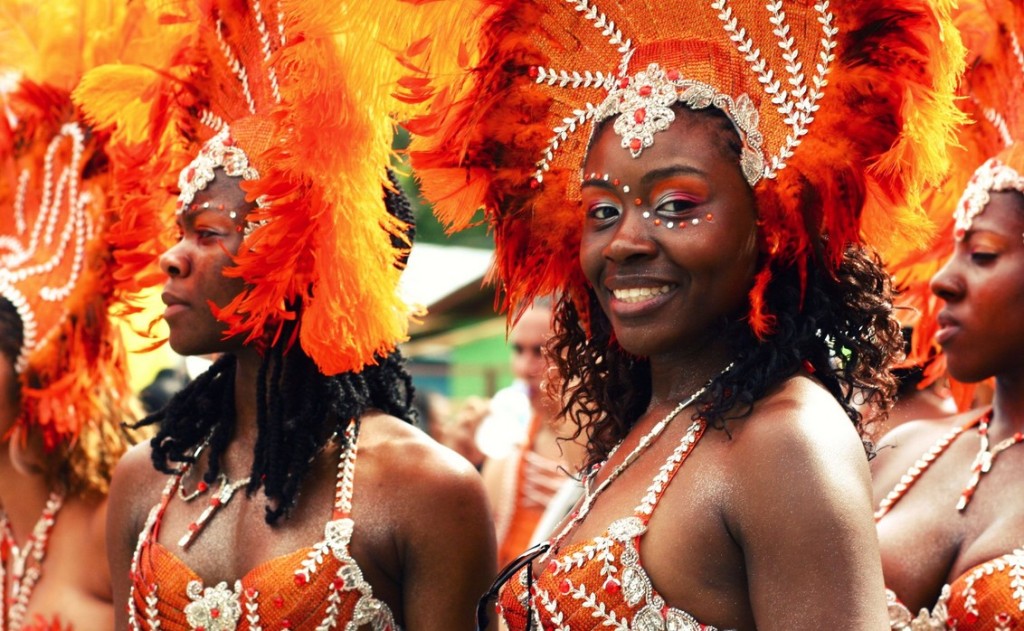
(Google Images)
It was a beautiful crisp day. A perfect sky absent of clouds and filled to the brim with the deepest blues. It hung so full of itself that I felt like I could just reach up and touch it. There had been many days that I’d felt that way since moving to Johannesburg, South Africa.
Today was a special day because Carnival had arrived once again!
In 2005 the city of Johannesburg initiated a new Carnival season in hopes of uniting the city and channeling the explosive pent up energy of some its more volatile communities. The Carnival route wound its way through several of the city’s most densely populated communities, which happen to be located in and around the Central Business District (CBD). I’d skipped the actual parade and made my way directly to its end point in the Newtown Cultural Precinct in the heart of downtown Jozi (Johannesburg). I heard the crowd before I saw the hundreds of people enjoying the afternoon sun, loud music and each other’s company.
…cowbells, whistles, horns
piercing the dawn,
Junkanoo man,
I love how you move
up Bay Street
to the tantalizing throbs
of the goombay drums!*
*Excerpted from JUNKANOO MAN poem.
copyright (c) L. Cousins 1997
I walked through the throngs devouring painted faces and fantastical wings. I soaked up soul deep laughter, music and dancing feet. I made my way towards where the bands were loudest and joined the curious crowd in exploring larger than life floats that did their best to honor the carnival crafting traditions elsewhere in the world. I enjoyed the moment but I was left disappointed and confused. This wasn’t Carnival as I knew it to be. I was searching for something more familiar. I was missing more than the intricate costumes and steel pan of the West Indies and the Caribbean. I was missing the sense of history and purpose that makes Carnival such an extraordinary experience. I was missing the weaving of culture and spirituality that together create a communal transcendence beyond the challenges of the everyday.
I grew up in Carver Ranches in an unincorporated neighborhood in Broward County, Florida. My address said Hollywood, but us locals referred to the place we called home as simply the Ranches. Today that community has been incorporated and is now officially known as the City of West Park. The community was created primarily by Bahamians and their descendants who are incidentally the oldest immigrant population in South Florida.
Bahamian immigrants arrived in the early 1800’s bringing with them the skills that built the first hotel in The Coconut Grove section of Miami, traditional foods, the ringing of steel pan and a carnival tradition called Junkanoo. I grew up attending carnival celebrations with its steel pan and Goombay drum fueled calypso, vendors frying up conch fritters and doling out conch salad, costumes of paper mâché and bodies dancing through the streets. My mother’s family is from the Bahamas and our home was always filled with the smell of culture as food and stories of time spent at “home”. To the outside eye carnival was a time for fun, but for us it was also the expression of cultural roots and historical legacy.
Often when immigrant populations are transplanted elsewhere they carry with them the portable parts of traditions and culture with them. This transference of essential cultural markers helps to maintain a sense of identity for the individual and a sense of continuity for the community. Sometimes the original form or practice may change as the years go by and elders pass away. However the remnants remain and if connections with “home” are maintained a sense of authenticity will shine through.
Junkanoo, similar to other Carnival traditions in the West Indies and Caribbean was a way for slaves to perform identity. They often coincided with Christian religious festivities, which offered the rare reprieve from work and an opportunity to celebrate African traditions and subversive practices hidden in the pageantry and abandon of Carnival. The abolishment of slavery and independence from colonial rule allowed for Carnival to be endowed with a greater expression of national pride and an honoring of historical heroes.
This past Labor Day, I was able to allow history to rise in my blood along with the breaking of the day. I hopped on a train around 1am and made my way towards Brooklyn, the epicenter of West Indian and Caribbean culture in New York City.
Jouvert celebrations were calling and I was intent on “acting bad on the road”! It had been over ten years since I had been able to participate in carnival activities grounded in my cultural context. Jouvert , means breaking of the day and is taken from the carnival traditions of Trinidad. While the term is unique to Trinidad the practice of rising in the night, imbibing of spirits, communal gathering, raising voice in song and instrument, replacing everyday garments with transformational garb and bearing witness to a new you birthed into a new day is characteristic of carnival celebrations throughout carnival cultures.
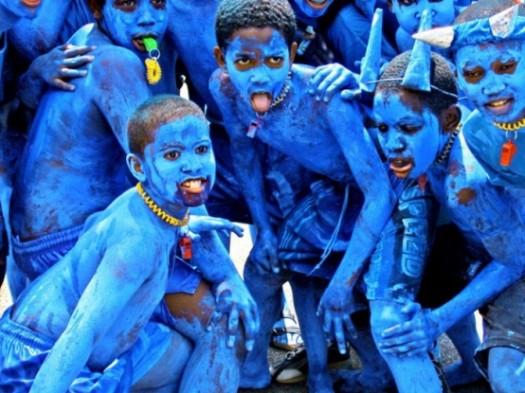
The beauty of the annual West Indian Day Parade is that it dissolves national lines and binds people together in shared experiences in the Americas and an undeniable similarity in histories and traditions. Our crew gathered that morning hailed from Jamaica, Bahamas, Trinidad, Guyana and America (everyone’s welcome on carnival day).
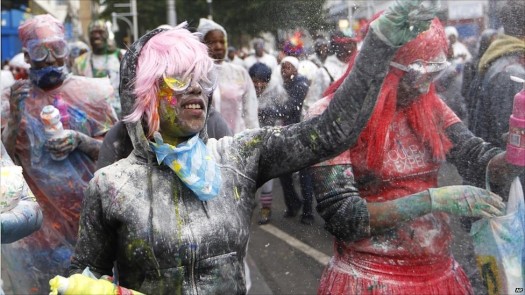
Our crew leader was Trinidadian and well versed in ritual of preparation for Jouvert and carnival day. This was my first Jouvert and a knowledgeable guide was necessary and appreciated. He made sure the pre-fete music was constant, appropriate and was cranked up to the correct motivational decibel. He handed out clothing to those of us who had not come prepared to have our everyday street gear soiled by the mayhem to come. Well that was our contemporary interpretation, but from its very beginning this ceremonial preparation was linked to subversive battle and celebration. Why the concern about what to wear?
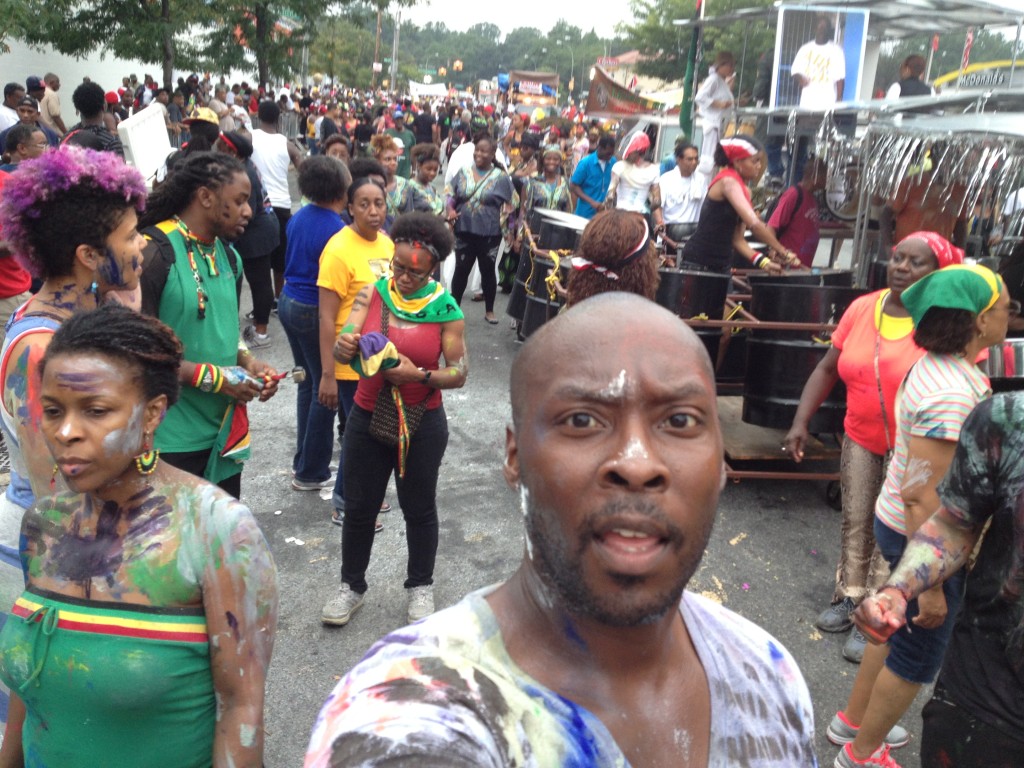
A key part of Jouvert is the tradition of playing “Mud Mas”, which involves participants called Jab Jabs covering themselves and everyone else with mud. It is custom that no one who participates in Jouvert should remain clean. In the recreation of the tradition in New York mud has been replaced with paint and powder. It was almost 4am by the time we began to weave our way through the early morning streets. As we made our now appropriately clothed bodies through the pre-dawn streets, I was keenly aware of the uniqueness of the moment. Every step we took, every new crew member we picked up along the way, every directive given by our crew leader was part of a living ritual that had been centuries in the making. As we got closer to our destination we begin to see other revelers heading in the same direction, people began spotting and greeting people they knew, we saw others who had already been playing mas since 2am!
By the time we reached Eastern Parkway I was almost skip running with excitement to turn the corneronto Flatbush Avenue and when I did I was hit with the sounds of steel pan and soca. I was drenched in smiling faces, bodies winding, strangers greeting, hands slapping bodies and multicolored streams of paint flying through the air. I was overwhelmed by it all, stopped in my tracks not sure where to begin and then a face close to me broke into an even wider grin and greeted me warmly. It was an old college friend, you never know who you going to run into on Jouvert morning or Ccarnival day.
The rest of the morning turned stranger into friend and affirmed the power of community, creativity and spirit to elevate the mundane.
I stumbled away from the festivities with sore feet and a light heart. It was joyous to see people of every age reaffirm traditions brought from “home”, replanted in foreign soil and allowed to grow and flourish. For me Jouvert and Carnival represent a rebirth and affirmation of life in all of its varied colors. It also represents an opportunity to pay homage to the many ancestors who have danced upon the road and played mas so that I could live life free.
Antonio David Lyons is an Artivist (artist activist). Check him out on www.antoniodavidlyons.com. Follow him on Twitter: @AntonioLyons
Like The Burton Wire on Facebook. Follow us on Twitter @TheBurtonWire.


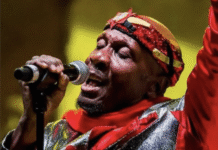
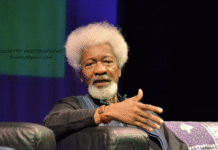





Thank you for sharing! As a Trinidadian-American who was raised in Brooklyn, I appreciated reading and reflecting on this article. I had a chance to experience carnival and jouvert again this year, and as always, it never disappoints!
Comments are closed.